Top 10 Essential Surgical Instruments Used in General Surgery
Introduction
General surgery involves a wide range of procedures, from appendectomies to hernia repairs. Behind every successful operation lies a toolkit of precisely designed surgical instruments. These tools are not just metal objects — they are the hands of the surgeon, enabling life-saving procedures with accuracy and safety.
In this post, we’ll cover the top 10 essential surgical instruments commonly used in general surgery. Whether you are a medical student, professional, or distributor, this guide will help you understand the importance of each tool and its role in the operating room.
1. Scalpel
A scalpel is a small, sharp knife used to make precise incisions in skin and soft tissues. It’s one of the most basic yet crucial tools in any surgical set.
- Offers high precision
- Comes with disposable or reusable blades
- Available in various blade shapes like #10, #11, and #15
2. Surgical Scissors
Used for cutting tissues, sutures, or gauze, surgical scissors come in different types such as Mayo scissors for tougher tissues and Metzenbaum scissors for delicate dissection.
- Straight or curved blades
- Smooth or serrated edges
- Made with high-quality stainless steel for long-lasting sharpness
3. Forceps
Forceps are tweezer-like tools used to grasp, hold, or manipulate tissues during surgery. Common types include dressing forceps and tissue forceps.
- Offers a firm grip
- Atraumatic designs available for delicate tissues
- Essential for wound closure and dressing
4. Needle Holder
Needle holders are designed to hold the surgical needle while suturing tissue. They provide control and stability for accurate stitching.
- Cross-serrated jaws for secure grip
- Common types include Mayo-Hegar and Olsen-Hegar
- Available in various sizes based on surgical needs
5. Retractors
Retractors are used to hold back tissues and organs to provide better visibility and access during surgery.
- Handheld and self-retaining designs
- Commonly used retractors include Deaver, Army-Navy, and Richardson
- Minimizes the need for additional hands in the operation field
6. Hemostats
Hemostats are clamp-like instruments used to control bleeding by clamping blood vessels. They are one of the first tools used once an incision is made.
- Straight or curved jaws
- Serrated tips for firm grip
- Common types include Kelly, Mosquito, and Crile hemostats
7. Suction Device
This tool helps keep the surgical field clear by removing blood, fluids, and debris. Suction ensures the surgeon has an unobstructed view of the area being operated on.
- Common types include Yankauer and Poole suction tips
- Used in almost all surgical procedures
- Essential for maintaining cleanliness and safety
8. Electrosurgical Pencil
Used for cutting and coagulating tissue using electric current, an electrosurgical pencil helps minimize blood loss during surgery.
- Adjustable power settings
- Compatible with reusable or disposable tips
- Reduces surgical time and enhances efficiency
9. Speculums
Speculums are used to widen a body cavity for inspection or access during procedures. Though more common in gynecology, certain types are used in general surgery.
- Helps visualize hidden areas
- Available in multiple sizes
- Designed for patient comfort and surgeon convenience
10. Towel Clamps
These clamps are used to hold surgical drapes or towels in place, ensuring a sterile field is maintained during surgery.
- Sharp or blunt tips
- Reusable and autoclavable
- Crucial for infection control
Conclusion
Each surgical instrument in general surgery plays a vital role in the success of the operation. From making the first incision to suturing the final stitch, these tools enable surgeons to work with precision, confidence, and safety.
At Lasani Surgical Industry, we manufacture high-quality general surgery instruments using premium-grade German stainless steel. Our instruments are trusted by healthcare professionals across Pakistan and beyond for their durability, precision, and performance.
Explore our complete collection of general surgical instruments and experience craftsmanship you can rely on.

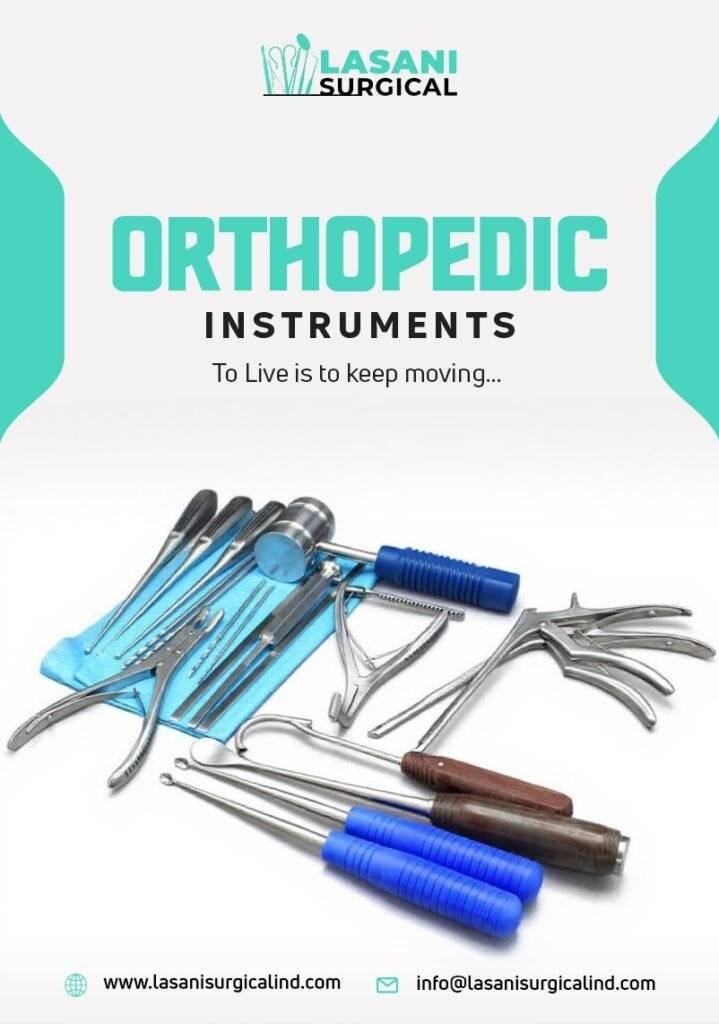
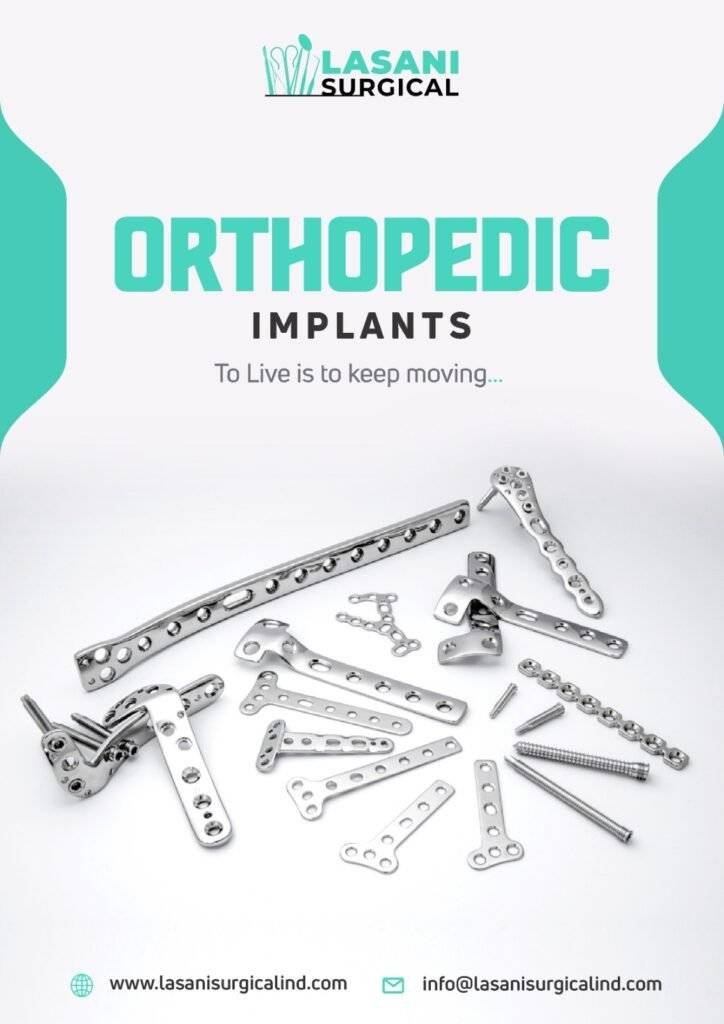

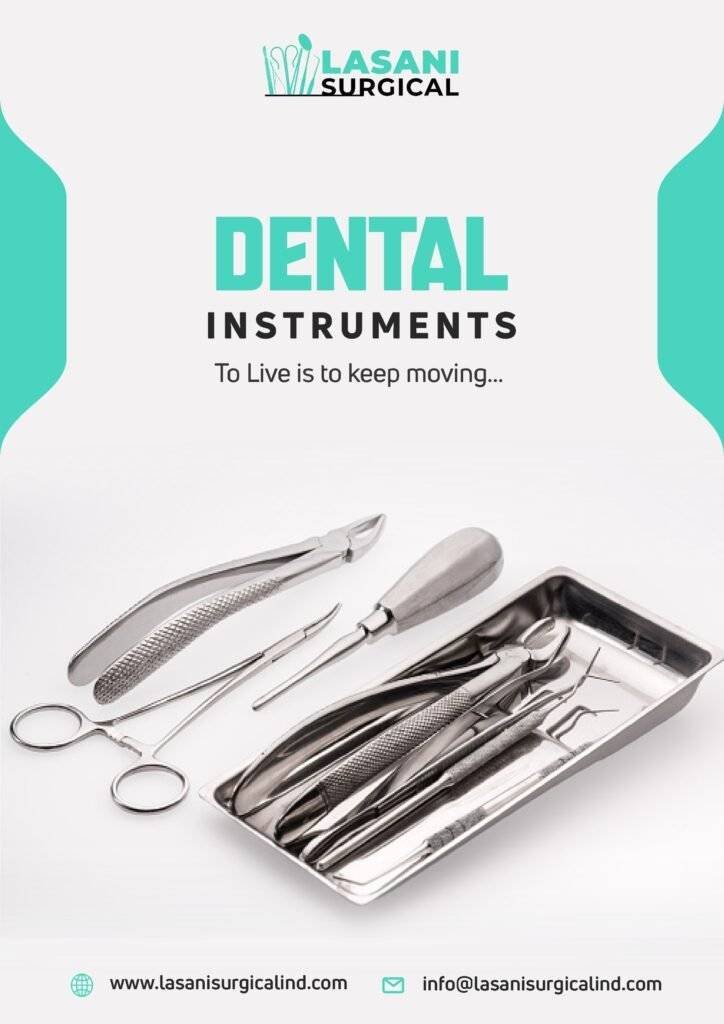
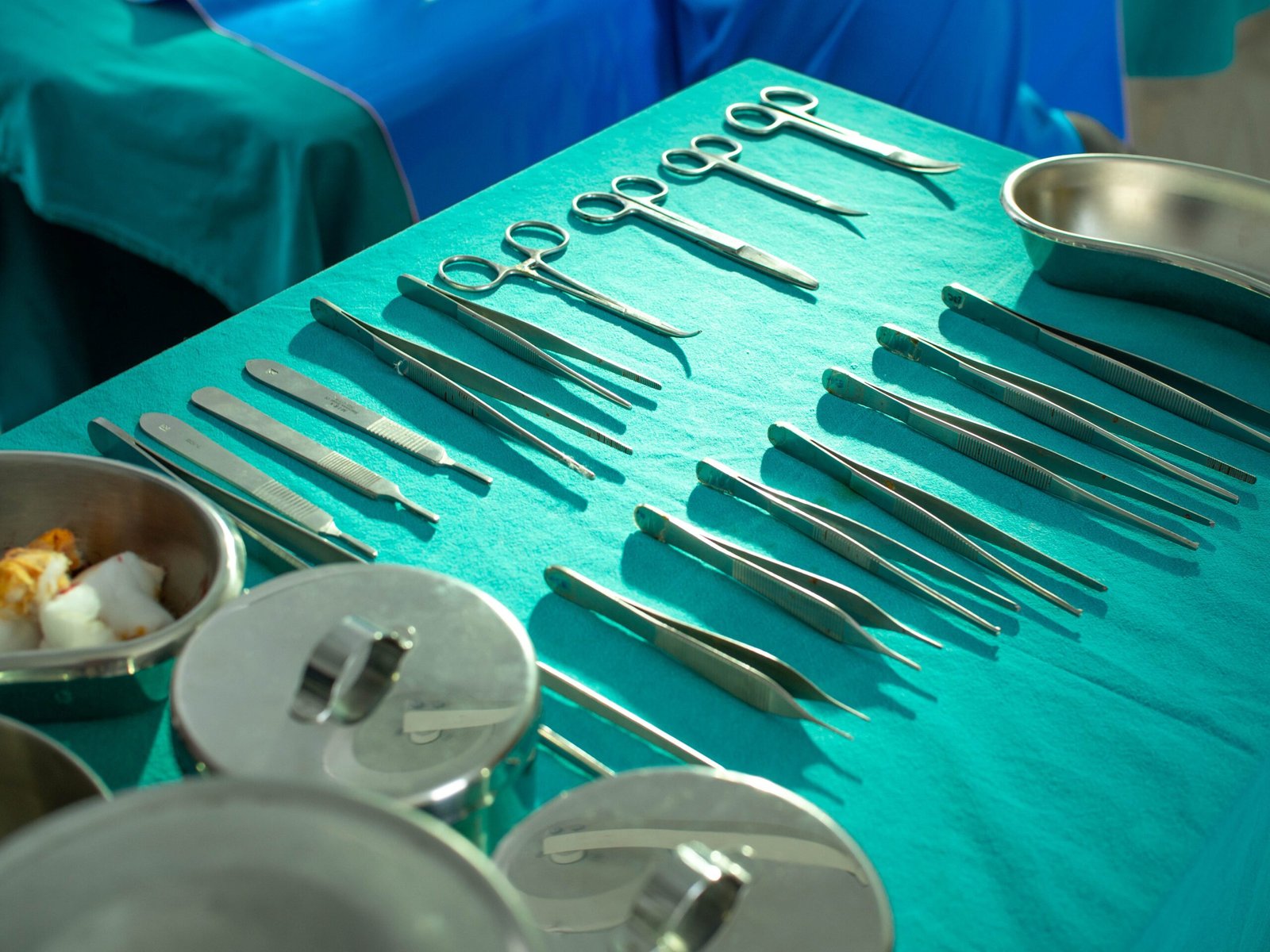
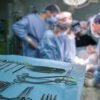
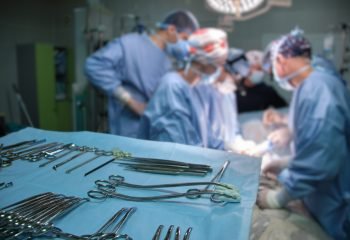
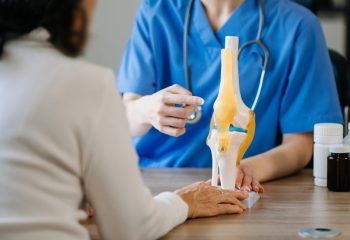
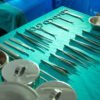





Add comment